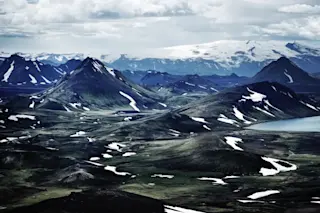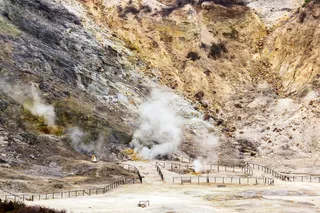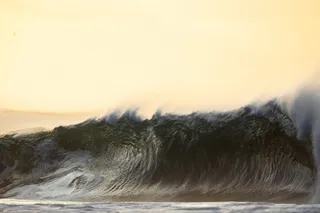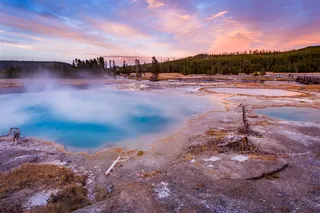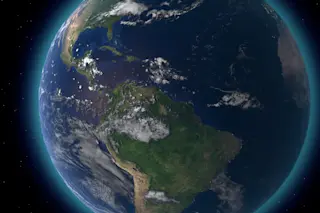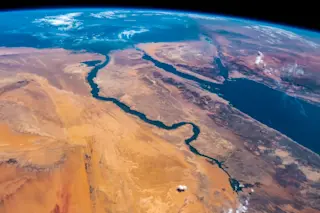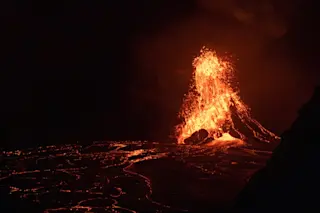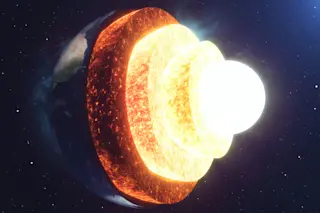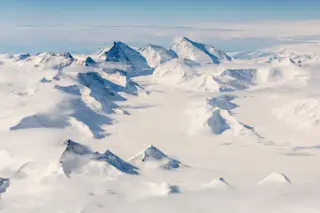Alamy Last night, a brief earthquake swarm rattled the caldera at Katla in southern Iceland. The largest earthquakes were over M4, ranging from a few kilometers deep to near the surface (although the depth locating is likely problematic for many of the smaller earthquakes). These M4+ earthquakes (see below) are the largest temblors to occur to Katla since 1977 (note: those earthquakes did not lead to any eruption). However, although a few of the earthquakes were fairly large, the swarm seems to have petered out quickly as seismicity returned to background levels by Icelandic morning. The Icelandic Meteorological Office is reporting no tremor recorded currently at Katla, which suggests that at least for the moment, no magma is making its way to the surface. Icelandic officials have not changed the alert status for Katla from normal at this point. UPDATE 8/29 at 8 PM EDT: The IMO has now reported ...
Cluster of Big Earthquakes Rattles Iceland's Katla Volcano
A recent Katla volcano earthquake swarm has triggered discussions about risks, including the potential for a jökulhlaup flood.
More on Discover
Stay Curious
SubscribeTo The Magazine
Save up to 40% off the cover price when you subscribe to Discover magazine.
Subscribe

